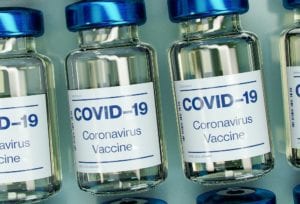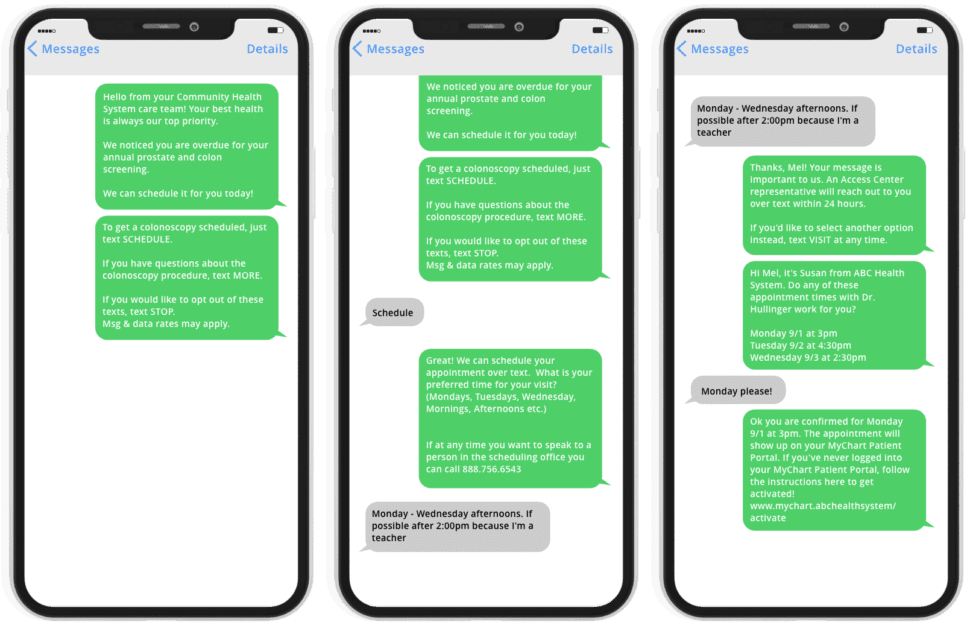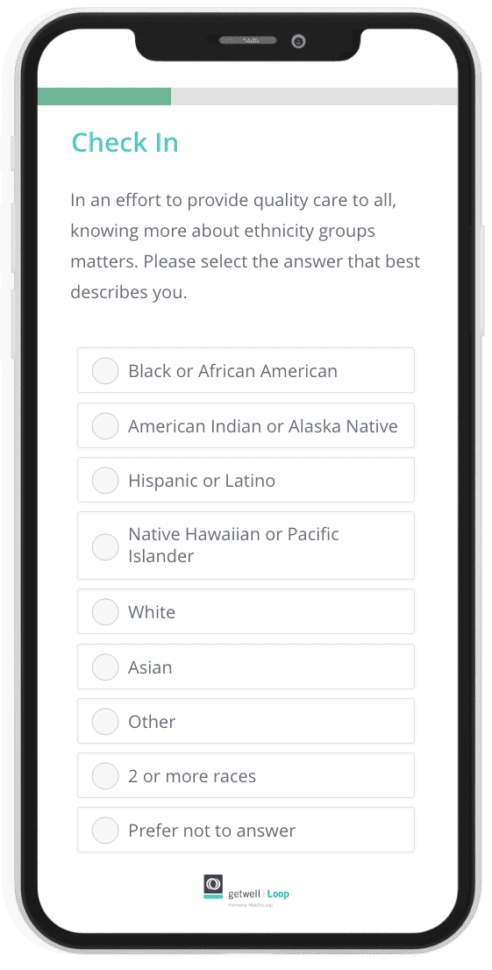The COVID pandemic has been hard on everyone, but it has disproportionately affected the elderly, the working poor, and visible minorities. This inequity, if not addressed, has the potential to blunt the effectiveness of COVID vaccination programs. GetWellNetwork believes that technology, applied correctly, can be a bridge that closes this inequity gap for COVID vaccines and healthcare in general.
Uneven Impact
 The Washington Post analyzed COVID-19 data and found that:
The Washington Post analyzed COVID-19 data and found that:
- Asians were 53% more likely to die than Whites
- Black Americans were 37% more likely to die
- Native Americans and Alaskan Natives 26% more likely to die
- Hispanics 16% more likely to die
…after controlling for age, sex, and mortality rates over time.
A study published in JAMA Network Open showed that in poorer counties “those with substantially non-White populations had an [COVID-19] infection rate nearly 8 times that of counties with substantially White populations and a death rate more than 9 times greater.”
Experts have put forward many contributing factors for this disparity including:
- Higher prevalence of multi-generational homes in non-white ethnic groups
- Lower-income workers being unable to work from home and having jobs that put them at higher exposure risk (ie: grocery stores, manufacturing, food processing, package delivery, etc)
- Lack of healthcare access
- More pre-existing conditions that are risk factors for COVID (ie: diabetes, heart conditions, COPD, etc)
Inequity + Vaccine Effectiveness
Addressing this inequity is more than a moral imperative. It could prolong the pandemic which would cause increase economic hardship and more deaths. It would put our children and our parents at greater risk.
In an interview with Healthcare IT Today, Docent Health Co-Founder and President Royal Tuthill explained the situation this way: “We won’t get to the levels that we need to in terms of vaccination and protection against COVID-19, if we aren’t addressing all communities equally. There is high skepticism around the vaccine and around healthcare, especially in Black communities. If we don’t find a way to support them, build trust, and get shots in arms in those communities, it will have a devastating impact for years to come.”
In other words, it does us no good to have one neighborhood achieve 80% vaccination while the neighborhood next door sits at 5%.
In that same interview, GetWellNetwork CEO and Founder Michael O’Neil pointed out that this may already be happening. “We are just starting to see vaccination data from various states. Take a state like Delaware, for example. 8% of the vaccines distributed in the month of January went to Black Americans, yet 23% of the deaths are Black Americans.”
O’Neill believes that technology can help to bridge this gap and it is one of the reasons why GetWellNetwork recently acquired Docent Health.
Virtual Boots on The Ground
 Docent is currently helping payers and providers make the COVID vaccination experience for patients as smooth as possible. Using SMS texting, the company is delivering messages to patients about when they might be eligible for the vaccine and where they can get it.
Docent is currently helping payers and providers make the COVID vaccination experience for patients as smooth as possible. Using SMS texting, the company is delivering messages to patients about when they might be eligible for the vaccine and where they can get it.
Docent is also connecting patients to the right resources so they can ask questions and get assistance. In fact, Docent has taken things a step further and deployed “virtual boots on the ground” in communities with high vaccine skepticism.
“These are people from the neighborhood,” explained Tuthill. “We are hiring them because they can connect with empathy and with cultural relevancy to help educate the community on why the vaccine is so important. It’s a combination of high tech broad-scale, as well as human to human conversations.”
This approach is consistent with GetWellNetwork’s vision of “putting a care navigator in everyone’s pocket” – a resource that knows each patient’s particular situation and understands their access challenges. In the COVID context, having such a resource would give patients information about expected vs abnormal symptoms post-vaccination, and provide guidance plus support for those that test positive for COVID-19.
Smarter Technology
Tuthill and O’Neil both have heard from many customers who are frustrated with traditional ways of communicating with patients. Providers and payers have been using phone calls for outreach but have discovered that it is no longer an efficient way to connect with patients. SMS text messaging is better.
“Leveraging smarter technology like text messaging is the way to go,” explained Tuthill. “It can get specific messages into devices already in people’s pockets asynchronously so they can react when it’s efficient for them.”
Texting requires less labor and drives a more personal connection. “There is a level of distrust when you just send a link to a government website,” O’Neil pointed out. “I think the trust lies in those providers we look to: our physicians and our nurses in our primary care offices. I think there are ways to really lean on that network as a trusted resource, and then add in some technologies that can actually be coming from them.”
A Strong Match
Providers had been reaching out to GetWellNetwork about roadblocks related to COVID. “They told us they love the work that we are doing and how GetWellNetwork has been helping,” explained O’Neil. “But when it comes to things like COVID, folks are just at home, afraid. We need to find a way to actually reach out to them, connect with them, pull them in so they understand what their next step in care is.”
That is where Docent Health came in. “When we found Royal and the team, the authenticity and the depth, the care, the compassion and the outcomes were pretty remarkable to us,” said O’Neil.
“When we started talking to GetWellNetwork, it was just such an obvious synergy,” Tuthill said. “The ability to just scale and go much faster with a strategic partner and build in all of the 260 pathways that GetWellNetwork has built in the digital tools and plug in the Docent capabilities on the front end felt like a really exciting opportunity to accelerate what we were doing.”
COVID is laying bare the health disparities that have been bubbling unnoticed for years. It is encouraging to learn that GetWellNetworks, Docent Health and their customers are tackling this inequity through a combination of technology, human contact, and empathy. It will be interesting to see if this collaboration and community outreach will extend beyond COVID and help to address the inequity for other conditions like diabetes, COPD and others.
Watch the full interview with O’Neil and Tuthill to learn more about:
- “Vaccine loops” and how they have helped increase vaccination rates
- How targeted messaging can be customized to reach patients where they are and how they take in information
- How GetWellNetwork and Docent Health’s partnership will provide new avenues to connect with patients outside the hospital
Learn more about GetWellNetwork: https://www.getwellnetwork.com/
Listen and subscribe to the Healthcare IT Today Interviews Podcast to hear all the latest insights from experts in healthcare IT.
And for an exclusive look at our top stories, subscribe to our newsletter.
Tell us what you think. Contact us here or on Twitter at @hcitoday. And if you’re interested in advertising with us, check out our various advertising packages and request our media Kit.













